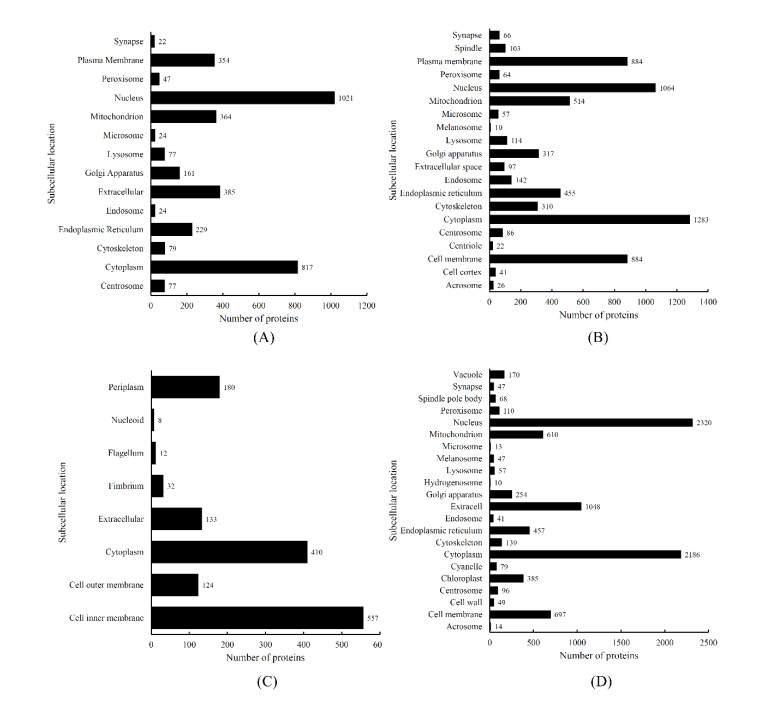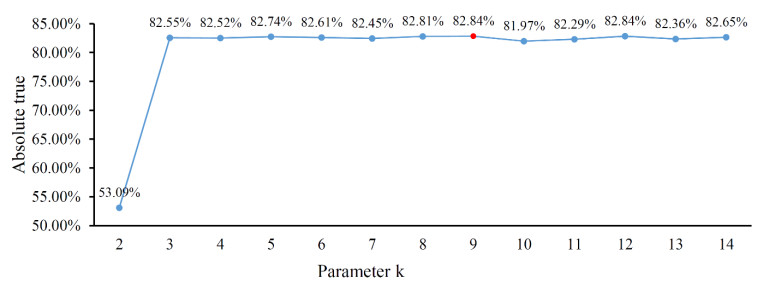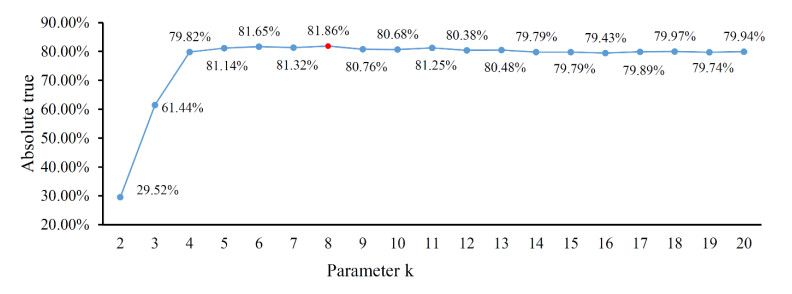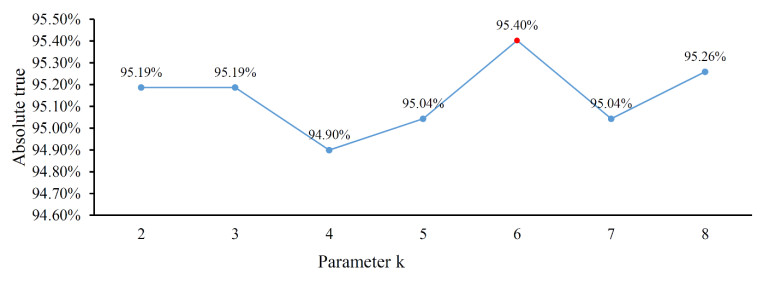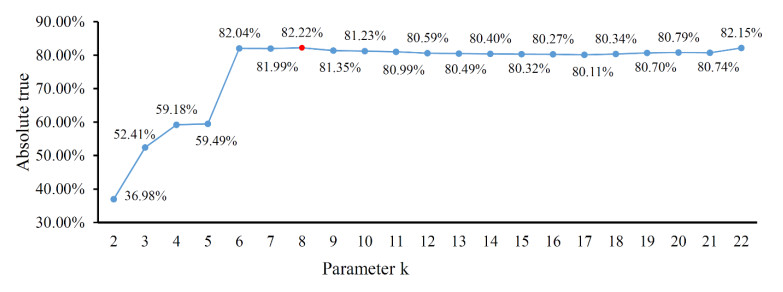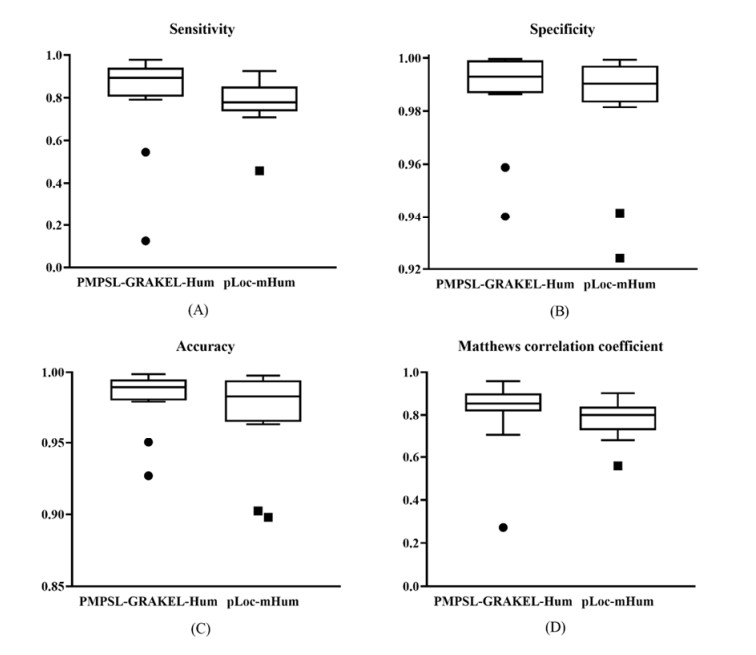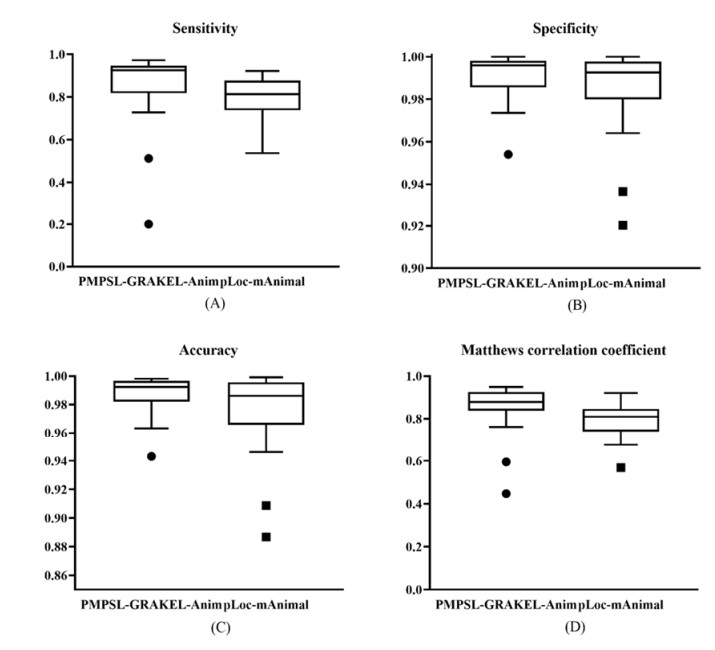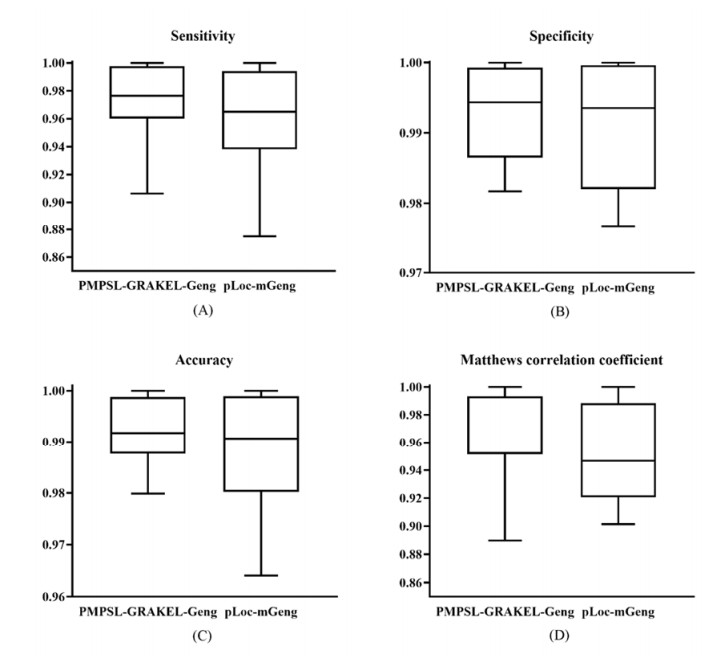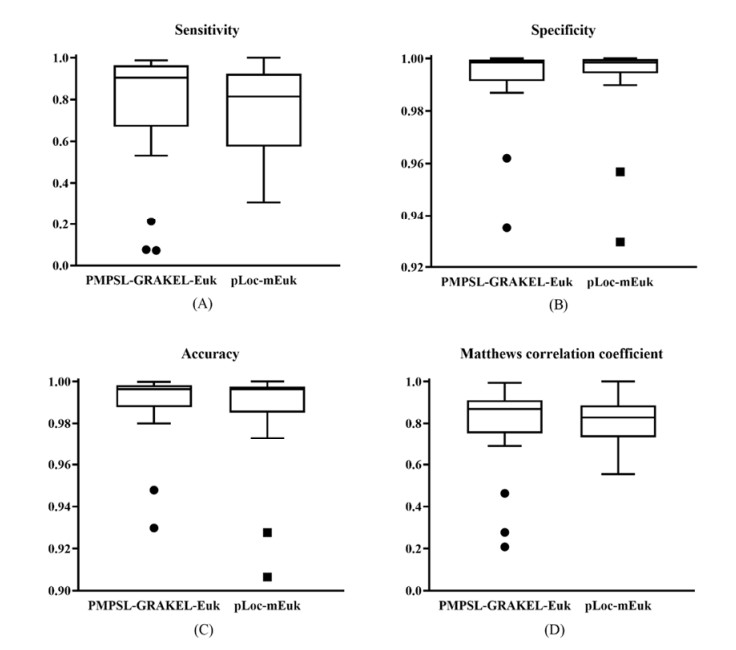1.
Introduction
Infectious diseases caused by viral infections such as influenza, AIDs, heptitis B/C, and the current COVID-19 pandemic have always been being a big threat to both public health and economy. Though the underlying infection mechanisms in hosts are very complex, mathematical modeling has been an effective tool to understand the infection and to provide guidelines on control. One of the simplest viral infection models,
was proposed and investigated by Nowak et al. [1,2,3]. Here x(t), y(t), and v(t) are the densities of uninfected target cells, infected target cells, and free viruses at time t, respectively. We refer the readers to the citations for the biological meanings of the positive parameters. Model (1.1) has been modified by many researchers to better understand the interaction mechanism between viruses and host cells in more detail and to evaluate the efficiency of associated therapies. For example, we refer to some on latent infection [4], on eclipse stage [5], on immune response [6,7,8], on cellular reservoirs [9,10,11], on treatment [9], on the effects of delay [10,12], on co-infection [6,13], on the effect of drug abuse on HIV dynamics [14].
It was pointed out in [15,16] that, for some infectious diseases induced by viruses, the infected cells could contain defective viruses, that is, these infected cells produce defective proviruses that will not produce any offspring viruses. To model this phenomenon, Nowak and May [17] divided the infected cells into three classes, longer lived latently infected cells (y1), actively infected cells (y2) that produce large quantities of free viruses in a short time, and defectively infected cells (y3) that contain mutated virus genomes and cannot produce new virions. They proposed the following viral infection model,
where the parameter pi (i=1, 2, 3) denotes the probability that upon infection a cell will become an infected cell of type yi, ∑3i=1pi=1, δi (i=1, 2, 3) is the death rate of the associated infected cells, γ is the transfer rate of latently infected cells to actively infected ones, k1 and k2 are the numbers of free viruses produced by a latently infected cell and an actively infected cell, respectively. Model (1.2) can also be used to describe low steady state viral loads [18].
Model (1.2) includes some previously studied viral infection models. For example, Korobeinikov [19] investigated the global stability of the case where p2=p3=k1=0, that is, after being infected, susceptible cells must undergo a latent stage before producing viruses and there is no defectively infected cells. The case where, after being infected, susceptible cells become either latent or active, and only actively infected cells can produce viruses, that is, p3=k1=0 and p1=1−α, p2=α with α∈(0,1), was studied in [20,21]. When p3=γ=0 and p1=1−α, p2=α with α∈(0,1), the corresponding model is the same as that with treatment in [21], where y1 and y2 are the populations of infected cells under different drug effects. However, to the best of our knowledge, the dynamical behavior of model (1.2) with p1p2p3γ≠0 is not completely understood.
With respect to the analysis of viral dynamic models, the stability of equilibria plays a very important role in understanding the mechanism of virus infection and outcome of treatment. To name a few, [19] dealt with some basic virus dynamics models, [9,20] considered models with eclipse stages of infected cells, [21,22] investigated models with nonlinear incidences, [23,24] modeled Zika virus, and [25,26] included the immune response. One of the most powerful approaches to determine the global stability of equilibria of differential equations is Lyapunov's direct method. The key to applying this method is to construct an appropriate Lyapunov function. It requires both that the constructed function be positively definite and that its derivative along solutions of the system be negative definite or negative semi-definite. These two requirements are interrelated. In practice, it is often difficult to fulfill the second requirement or it is complicated to verify it for a positive definite function. By now, lots of techniques and methods have been developed for studying the stability of dynamic models in some applied disciplines. We refer to some for the basic framework [27]. In [28] we found a new type of function to construct Lyapunov functions while in [29] we provided a new way to do so with commonly used Volterra-type functions and quadratic functions. Moreover, to verify the negative (semi-)definiteness of the derivative of a class of Lyapunov functions along solutions of the system, a graph-theoretic approach and an algebraic approach were developed by Guo et al. [30] and Li et al. [31], respectively. Recently, for stability of disease models with immigration of infected hosts, McCluskey [32] gave a general result on finding algebraic conditions under which the Lyapunov function for a model without immigration of infected hosts extends to be a valid Lyapunov function for the corresponding system with immigration of infected hosts. In spite of the rich literature, the global stability of equilibria of many dynamical models still can not be proved theoretically.
The purpose of this paper is to provide a new approach to discuss the global stability of equilibria of system (1.2). Our approach has three features. Firstly, there is a correlation between the two Lyapunov functions used to prove global stability of the infection-free equilibrium and the infection equilibrium. Secondly, the specific form of Lyupunov functions used is universal. Lastly, compared with existing approaches, ours here to verify the negative definiteness or negative semi-definiteness of the derivatives of the Lyapunov functions along solutions is relatively simple. We would mention that viral dynamical models share many features with the classical compartmental models of infectious diseases (see, for example, [33] on SIR and SIRS models with nonlinear incidences, [34] for stage-structured epidemic models, [35,36] for models with asymptomatic and symptomatic infectious individuals, and [37] for some cholera models) and even models of vector-borne diseases (to name a few, see [38,39,40] for vector-borne disease models with two transmission routes for the host population, [41] for a model on vector-borne relapsing diseases, [42] for a vector-borne disease model with human and vectors immigration, and references therein). We expect that the approach here can be applied to study the global stability of equilibria of such models.
Note that y3 is decoupled from the other equations in model (1.2). As a result, we only need to focus on
where c1=δ1+γ, c2=δ2, and 0<p1+p2≤1. It is easy to see that every solution of (1.3) with a nonnegative initial condition exists globally and is also nonnegative. The rest of the paper is organized as follows. In the next section, we derive the expression of the basic reproduction number of viruses with the approach of the next generation matrix and determine the equilibria of (1.3). Section 3 is the main part of this paper, which is devoted to establishing a threshold dynamics for (1.3). The paper ends with a brief conclusion and discussion.
2.
The basic reproduction number and equilibria
We first obtain the expression of the basic reproduction number (of viral particles) of model (1.3) by employing the method of the next generation matrix developed by van den Driessche and Watmough [43]. For this purpose, we denote z=(y1,y2,v,x)T. Then model (1.3) can be rewritten as
where
Obviously, model (1.3) always has the infection-free equilibrium P0=(x0,0,0,0), where x0=λμ. Accordingly, system (2.1) has an equilibrium ˉP0(0,0,0,x0) corresponding to P0.
The Jacobian matrices of F(z) and V(z) at the infection-free equilibrium ˉP0 are
respectively, where
Then the basic reproduction number, R0, of model (1.3) is the spectral radius of the next generation matrix FV−1, that is,
The three terms in R0 correspond to the three ways that viral particles are produced. In a wholly population of uninfected target cells of size x0, suppose a viral particle is introduced. During its lifespan, 1c, it will infect βx0c uninfected target cells. Among them p1βx0c will be latently infected and p2βx0c will be actively infected. For the latently infected cells, during their lifespan 1c1, p1βx0k1cc1 viral particles will be produced and γp1βx0cc1 actively infected cells will be produced. Then during the lifespan 1c2, the total p2βx0c+γp1βx0cc1 actively infected cells will produce k2c2(p2βx0c+γp1βx0cc1) viral particles. Therefore, a total of R0 viral particles will be produced. This biologically explains R0 as the average number of secondary viral particles produced by introducing a typical viral particle into a population of uninfected cells.
Next we find the equilibria of (1.3). An equilibrium satisfies
It follows from (2.3a) that
Substituting it into (2.3b) gives
Now substituting (2.4) and (2.5) into (2.3c), we get
Finally, substituting (2.4)–(2.6) into (2.3d) yields
Thus, for (2.3), we have
Obviously, v=0 produces the infection-free equilibrium P0. For v∗ to give a biologically relevant equilibrium, we require v∗>0 or equivalently R0>1. In summary we have obtained the following result on equilibria of (1.3).
Theorem 1. Model (1.3) always has the infection-free equilibrium P0. Furthermore, when R0>1, there is also a unique infection equilibrium P∗(x∗,y1∗,y2∗,v∗), wherev∗=μβ(R0−1) and
3.
A threshold dynamics
In this section, by applying the approach of Lyapunov's direct method, we establish a threshold dynamics determined by R0 for (1.3).
We first show the boundedness of solutions of (1.3). Let q∈(0,min{c1−γk1,c2k2}). A straightforward calculation yields
where ρ=min{μ,c1−γ−qk1,c2−qk2,c}. It follows that
and hence
Moreover, similarly, it follows from dxdt≤λ−μx that
The above discussion implies that solutions of (1.3) are bounded. Moreover, it is easy to see that the set
is positively invariant and attracting for system (1.3).
The following result on the existence of solutions to a set of inequalities will be used to construct appropriate Lyapunov functions.
Lemma 2. For the parameters γ, c, β, and pi, ki, ci (i=1, 2) of (1.3), if
then the following system of inequalities on m, n, and q,
must have positive solutions.
Proof. It follows from the first two inequalities of (3.2) that
Hence it is necessary that
and
This, combined with the last two inequalities of (3.2), gives the following system of inequalities on n and q,
It is easy to see that the system of linear equations on n and q,
has a unique solution
Note that q∗<c1p1k1 and the condition (3.1) is equivalent to βρc≤q∗. Then the solution set of (3.6) is given by
where n1(q)=qk2c2 and n2(q)=c1−qp1k1p1γ+p2c1 are derived from system (3.7) corresponding to the first two inequalities of (3.6) (see Fig. 1).
Clearly, for (n,q)∈D, we have n<1p2 and nγ+qk1c1<1−np2p1. Thus, for (n,q)∈D, we can choose m according to (3.3). Then such (m,n,q) is a positive solution of (3.2).
Notice that cc2c1β[p1k1c2+k2(p1γ+p2c1)]=x0R0 according to the expression of R0 defined by (2.2). Then the condition (3.1) can be rewritten as 0<ρ≤x0R0.
The next two results follow from the proof of Lemma 2 and will be useful in applying Lyapunov's direct method.
Corollary 3. Suppose ρ<x0R0, i.e., βρc<q∗. Then there are positive numbers m, n, and q satisfying the following system of inequalities,
Corollary 4. Suppose ρ=x0R0, i.e., βρc=q∗. Then (3.2) only has the unique solution,
in other words, only the equalities hold.
Denote
Let (x(t),y1(t),y2(t),v(t)) be a solution of (1.3) with (x0,y10,y20,v0)∈Ω. Then x(t)>0 for t>0. If further (x0,y10,y20,v0)∈Ω0, then the solution is positive for t>0. Thus Ω0 is a positively invariant set of (1.3).
Now we are ready to prove the main result of this paper, a threshold dynamics of (1.3) determined by the basic reproduction number R0.
Theorem 5. If R0≤1, then the infection-free equilibrium P0 of (1.3) is globally asymptotically stable in Ω, while if R0>1, then the infection equilibrium P∗ is globally asymptotically stable in Ω0.
Proof. As mentioned earlier, the approach is Lyapunov's direct method. To construct appropriate Lyapunov functions, we need the Volterra-type function g:(0,∞)∋u↦u−1−lnu. Note that g is nonnegative and attains its global minimum 0 only at u=1.
We first consider the infection-free equilibrium P0 with a Lyapunov function of the form,
where m, n, and q are positive numbers to be determined. Note that L1 can be regarded as well-defined by the discussion just a few lines above. Clearly, L1 is positive definite about P0, that is, the function L1 is zero only at P0 and positive at other points. The derivative of L1 along solutions of system (1.3) is given by
For L′1≤0 on Ω, it is sufficient that
With the definition of q∗ in (3.8) and x0=λμ, we see that R0 can be expressed as R0=βx0cq∗. Then R0≤1 is equivalent to x0≤cq∗β. Thus (3.12) is the same as (3.2) with ρ=x0. We distinguish two cases to finish this part.
Case 1: R0<1. Then x0<cq∗β. By Corollary 3, we can choose positive m, n, and q satisfying (3.9) with ρ=x0. As a result, L′1 is negative definite about P0, namely, the function L′1 is zero only at P0 and negative at other points. It follows from Lyapunov Theorem [44] that P0 is globally asymptotically stable in Ω if R0<1.
Case 2: R0=1. Then x0=cq∗β and Corollary 4 tells us that the positive numbers m, n, and q determined by (3.10) with ρ=x0 are the unique solution of the inequalities (3.12). Consequently, L′1=−μ(x−x0)2x≤0 and
Let (x(t),y1(t),y2(t),v(t)) be a solution of (1.3) in M1. Then x(t)=x0. It follows that 0=dx(t)dt=λ−μx(t)−βx(t)v(t)=−βx0v(t), which gives v(t)≡0. Thus 0=dv(t)dt=k1y1(t)+k2y2(t)−cv(t)=k1y1(t)+k2y2(t) produces y1(t)=y2(t)=0 as y1(t)≥0 and y2(t)≥0. This shows that the largest invariant set of (1.3) in M1 is the singleton {P0}. Therefore, by LaSalle Invariance Principle [27], P0 is globally asymptotically stable in Ω if R0=1.
To sum up, P0 is globally asymptotically stable in Ω if R0≤1.
Next, we consider the stability of the infection equilibrium P∗ in Ω0 with the Lyapunov function candidate,
where m, n, and q are positive numbers to be determined. Again we can assume that L2 is well-defined on Ω0. L2 is positive definite about P∗ and the derivative of L2 along solutions of system (1.3) is
where
Since L′2=0 for xx∗=y1y∗1=y2y2=vv∗=1, we have C=−F(x∗,y∗1,y∗2,v∗).
We define a function F∗(x,y1,y2,v) related to F(x,y1,y2,v) by
A straightforward calculation shows
According to system (2.3) satisfied by the infection equilibrium P∗(x∗,y∗1,y∗2,v∗), we have F∗(x,y1,y2,v)=0. Therefore,
Recall that g(u)≥0 for u>0 and g(u)=0 if and only if u=1. To make L′2≤0, it suffices that the positive numbers m, n, and q satisfy the following system of inequalities,
Again, (3.16) is the same as (3.2) with ρ=x∗. According to Corollary 4, the system of inequalities (3.16) has a unique positive solution,
and in fact all the equalities of (3.16) hold. Then with these m, n, and q, L′2 becomes
It follows that L′2≤0 and
Let (x(t),y1(t),y2(t),v(t)) be a solution of (1.3) in M2. Then x(t)=x∗ and y1(t)y∗1=y2(t)y∗2=vv∗=θ(t) for a positive function θ. It follows from 0=dx(t)dt=λ−μx(t)−βx(t)v(t)=λ−μx∗−βx∗v(t)=βx∗(1−θ(t)) that θ(t)≡1, which implies that the largest invariant set of system (1.3) in M2 is the singleton {P∗}. Therefore, LaSalle Invariant Principle[27] tells us that P∗ is globally asymptotically stable in Ω0.
4.
Conclusion and discussion
In this paper, for a viral infection model with defectively infected cells, we obtained a threshold dynamics, which is completely determined by the basic reproduction number of virus R0. That is, the virus dies out when R0≤1 while the virus persists and the viral load approaches a positive number when R0>1. In practice, for diseases described by this model, any measure makes R0 below unity is quite effective. The explicit expression of R0 provides guidelines on how to increase or decrease parameter values by appropriate control strategies. Even if we cannot make R0≤1, the global stability of the infection equilibrium tells us that we can still change the values of parameters to make the viral load below the tolerance level.
The obtained result is established by Lyapunov's direct method. The Lyapunov function for the infection-free equilibrium is a linear combination of the Volterra-type function (for the uninfected target cells) and linear functions (for the other three variables) but the one for the infection equilibrium is a linear combination of only Volterra-type functions. Surprisingly, the coefficients satisfy the same set of inequalities to make the derivatives along solutions negative (semi-)definite. This shows that there is a correlation between the two Lyapunov functions with given forms. It solves the problem of constructing Lyapunov functions used to prove the global stability of infection equilibrium to certain extent, since it is often difficult to find a suitable Lyapunov function for the positive equilibrium, but easy for the boundary equilibrium.
Furthermore, for the given form of Lyapunov function, we used the method of undetermined coefficients to determine them. By this method, all the suitable coefficients of the given form can be found. Therefore, it has the advantage of universality, which has been shown in [31,45]. But, with respect to proving the negative definiteness or negative semi-definiteness of the derivative of the Lyapunov function along solutions of the model, the approach used here is different from those in [31,45].
According to the algebraic approach proposed in [31,45], even if the coefficients of the Lyapunov function (L2) are given, in order to show the negative or negative semi-negative definiteness of its derivative (L′2), the derivative (L′2) must be expressed in the following form
where the expressions of bi's (i=1, 2, 3, 4) also need to be determined. For low dimensional differential systems, the approach of rearranging the terms in the derivative is feasible, but it is not so easy for systems with higher dimensions. Thus the approach of proving the global stability of the infection equilibrium here is concise. It can also indicate that this approach is relatively simple for proving the global stability of the endemic equilibria of high dimensional epidemic models in [37,46].
Acknowledgments
This work is supported partially by the National Natural Science Foundation of PR China (Nos. 11971281, 12071268, 12071418).
Conflict of interest
The authors declare there is no conflict of interest.
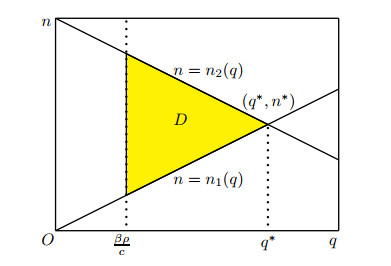









 DownLoad:
DownLoad:




